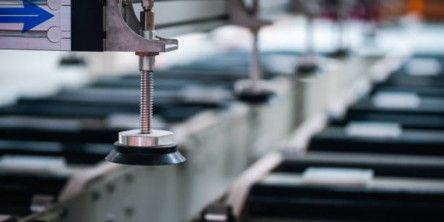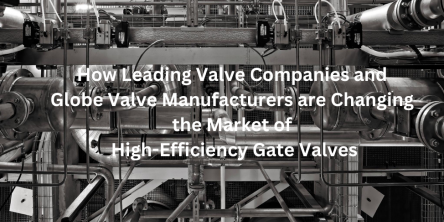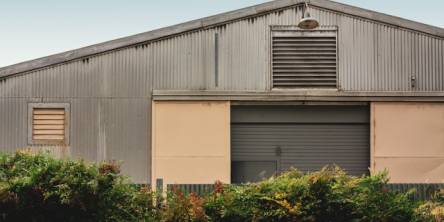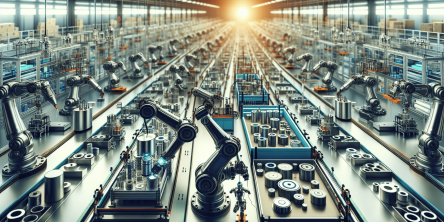Laser Engraver Vs. Laser Cutting
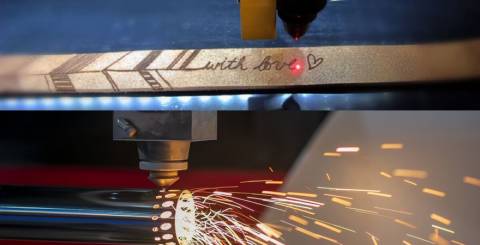
Although the terms "laser engraver" and "laser cutter" are often used in the same context, there are a few differences between them. People have a huge misconception regarding the functions of both terms. In the present world scenario, laser machines can cut as well as engrave single-handedly. The major difference lies in their use. Based on that, it is either called a laser engraver or a laser cutter.
Although you can achieve both tasks, certain lasers come with more features specifically designed for laser cutting or engraving. To have an in-depth understanding, let us begin with their functioning.
Working of the Laser Engraver
A laser engraver has been optimized to exhibit high-quality engraving as compared to other cutting machines specifically designed for cutting. The laser engraver processes a PNG or JPG graphic, picture, or shape. Like an ordinary printer, the laser engraver works by removing the material to form depths horizontally, line-wise, and pointwise. This process is referred to as "grid engraving.
A plethora of designs can be engraved on any surface or shape, such as pictures, inlays, logos, photos, and stamps, ranging from fine to bold lettering. One point to be noted: the surface area can be oxidized when the object's surface is breaking.
Working of the Laser Cutter
Mostly, people confuse this with the laser engraver. However, this is different. Laser cutting works by separating an entire piece in a certain shape out of the material. It is also known as "thermal separation" because the laser heat is used to cut through.
The laser received EPS, CDR, or AL file is sent for design identification. It follows that design and cuts out a piece of material using the laser beam. The machines specifically designed for this purpose run at a much faster pace as compared to ordinary engraving machines.
Carbon dioxide lasers are used for laser cutting as they only engage with the material instead of the pigment inside. During the process, more focus is put on acquiring smooth cuts for well-polished edges.
What is the major difference between the two?
The one and only essential difference between a laser engraver machine and a laser cutting machine lies in its lens. In the case of the laser engraver machine, the lens's focal length is shorter to give a detailed spot while working on any material. This results in high-quality engraved products like photographic images, for instance.
On the other hand, laser cutting machines are equipped with a longer focal length of the lens. This delivers better height variations and manufactures smooth edges. This is applicable for cutting thick materials as the laser cutter will bring down the angle of the sloped edges. The machine works best when applied to materials with a large depth, i.e., 20mm or more.
Here are three factors you should consider while trying to decide which one will work best for you: Using a laser engraver or laser cutter
- Figure out your primary requirement, i.e., cutting or engraving.
- Pay attention to the size of the material
- Identify the kind of materials you want to work on.
Conclusion
Apart from the two varieties mentioned above—laser engraver and laser cutter, there are several other ways of altering the structure of a material, such as laser marking, etching, etc. The introduction of the laser has made things easier than ever. Now, you can expect to engrave or cut on a variety of materials with a professional finish. All you need to do is follow certain steps.
Carbon dioxide can successfully engrave materials of varying thicknesses like MDF, card or paper, acrylic, and many more. When it comes to cutting metals, several technologies are available, such as high-powered CO2 lasers, plasma cutters, waterjet machines, and fiber lasers. Identify your requirements and make your choice wisely.
Similar Articles
CNC Machining has emerged as a vital technique in the current production process, as it provides an efficient and accurate means of manufacturing items with complex geometries. This technology is applied across aerospace, automobile, and medical devices manufacturing fields, and various other industries.
Find out what to look for in a reliable CNC machining manufacturer, from quality assurance and advanced technology to customer service, for efficient project success.
Save on pipe relining costs with smart planning. Learn how to reduce expenses through targeted repairs, material choices, off-peak scheduling, and competitive bids.
When it comes to metalworking, the quality of your equipment can make a significant difference in the efficiency and accuracy of your projects. Among the essential tools in any metalworking shop is the sheet metal brake, which plays a crucial role in bending and shaping metal sheets
Discover the latest design trends and innovations in metal table legs, enhancing style and functionality for modern interiors.
In the dynamic nature of the industrial sector, high-efficiency gate valves play a crucial role in the flow control system. Leading valve suppliers and globe valve suppliers are always engaged in the development of this technology to enhance the efficiency of the equipment.
When it comes to constructing a metal building, whether it's for industrial, commercial, or residential use, choosing the right metal building company is crucial. Metal buildings offer durability, flexibility, and efficiency, but only if they are designed and constructed correctly.
Discover how ERP systems streamline procurement in manufacturing, enhancing efficiency, reducing costs, and improving supplier management.
In today's fast-paced manufacturing landscape, the use of high-quality bonding solutions, such as industrial adhesives, has become increasingly crucial to ensure product quality, efficiency and competitiveness.





